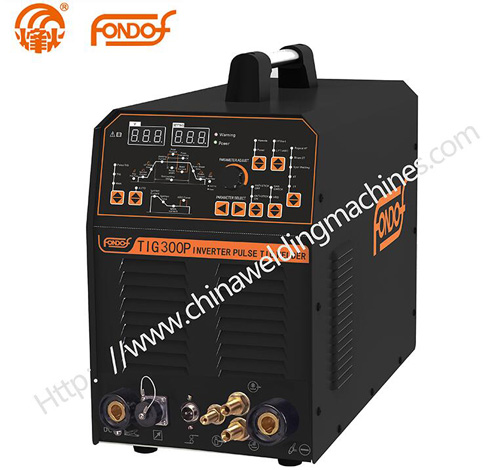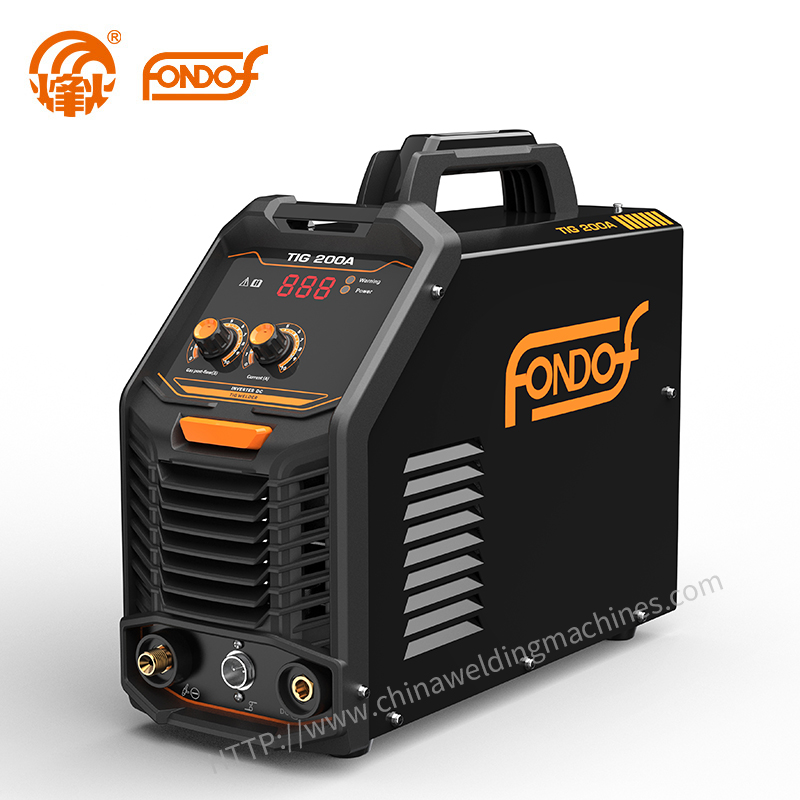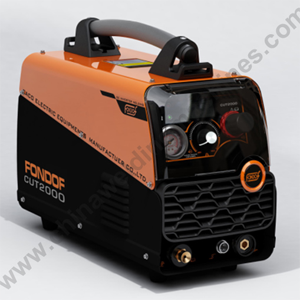Soldering vs Brazing vs Welding: What's the Difference?
 May. 23, 2022
May. 23, 2022
A simple and straight-forward explanation of the basic differences between the Soldering, Brazing and Welding processes for joining metals.
Terms
Often, these terms are used very loosely (especially soldering and brazing), and there can be a lot of similarities between these processes, which can make it difficult to define which process is which. Here's our quick definitions;
Soldering: Joining of metals via capillary2 process, using filler metals (solder) with lower melting temperatures of around 500oc or less, using a soldering irons and/or flame torches.
Brazing: Joining of metals via capillary2 process, using filler metals (brazing rod/alloy) with higher melting temperatures of up to 900oc, using flame torches.
Welding: Joining of metal via fusion3 (melting the parent metal), using oxy-fuel flame torch or arc welding torch. While this applies to all types of arc welding (including Stick & MIG), in this article we focus on TIG welding as this is similiar to brazing or oxy welding, where a filler metal rod is used.

Summary Table
This table compares the essential differences between soldering, brazing and welding processes.
| Soldering | Brazing | Oxy Welding | TIG Welding | |
| Method | LPG or Butane, or Soldering Iron | LPG, Butane or Oxy-Fuel1 | Oxy-Acetylene1 | TIG |
| Flame or Arc Temp | ≤1,400oc | 1,400-3,000oc | ≥3,000oc | ≥5,000oc |
| Filler Metal Melting Temp | ≤500oc | ≤900oc | ≤1,500oc | |
| Parent Metal Melted? | No | Yes | ||
| Action | Capillary2 | Fusion3 | ||
| Shielding / Cleaning | Flux4 | Flame / Flux5 | Gas6 | |
| Filler Metal Used? | Yes | Mostly7 | ||
Comments:
1. Suitable Oxy-Fuel processes:
Oxy Welding is only possible with Oxy-Acetylene (not Oxy-LPG). This is becuase an Oxy-Acetylene flame completely consumes all the oxygen in the welding zone, preventing oxidisation - whereas an Oxy-LPG flame does not.
Oxy Brazing can be done with either Oxy-Acetylene or Oxy-LPG. Since brazing relies on flux for shielding, rather than the flame.
2. Fusion involves melting the parent metal, to weld (or "alloy") it together with the filler metal.
3. Capillary action is the ability of a liquid (in this case the molten filler metal) to flow in narrow (or even microscopic) spaces without the assistance of - or in opposition to - external forces like gravity. In very simple terms, soldering or brazing is "sticking" pieces of metal together, which is made possible due to capillary action.
4. Flux agents can be applied seperately (such as a flux fluid or paste), or can be present in/on the brazing rod/wire itself (for example: resin-core solder or flux-coated brazing rods).
5. As per point 1 above, an Oxy-Acetylene flame will consume all oxygen surrounding the weld, thereby shielding it from oxidisation. Oxy welding of mild steel does not require a flux for shielding purposes, however it can be beneficial to use a flux or cleaning agent to remove impurities. Oxy welding of stainless-steel or aluminium usually do require a flux.
6. TIG welding mostly involves the use of filler metal (often referred to as 'TIG rod'). In some applications when welding thinner materials with close fit-up, filler metal may not be required.
7. Gas used for TIG welding is typically argon gas, or an argon based mixed gas
For information on the which type of brazing or filler metal rod to use for joining different metals, feel free to contact us.




























